- Home
- slideshows
- miscellaneous
- Jeff Bezos has said that Amazon has had failures worth billions of dollars - here are some of the biggest ones
Jeff Bezos has said that Amazon has had failures worth billions of dollars - here are some of the biggest ones
Pop-up stores

Dash Buttons
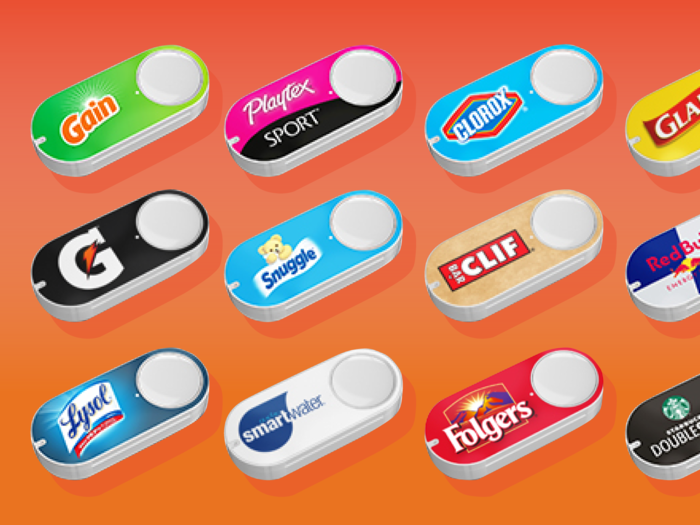
Dash buttons offered a way to reorder a consumable item on Amazon without having to think about it. Customers could link an item and preferred quantity to the button and press it whenever they needed more. The buttons could be mounted in cupboards or on top of washing machines.
Amazon stopped offering them for sale this year, but a spokesperson told CNET they were a rousing success in that they got customers used to not shopping with a screen.
"Dash button was an awesome stepping stone into the world of connected home," Amazon vice president Daniel Rausch said, later adding, "We never imagined a future where customers had 500 buttons in their home. We imagined a future where the home was taking care of itself, including replenishing everyday items that customers would rather not worry about."
Now that the AmazonBasics microwave can automatically reorder popcorn, there's simply no need for a separate $5 button.
Amazon Tap
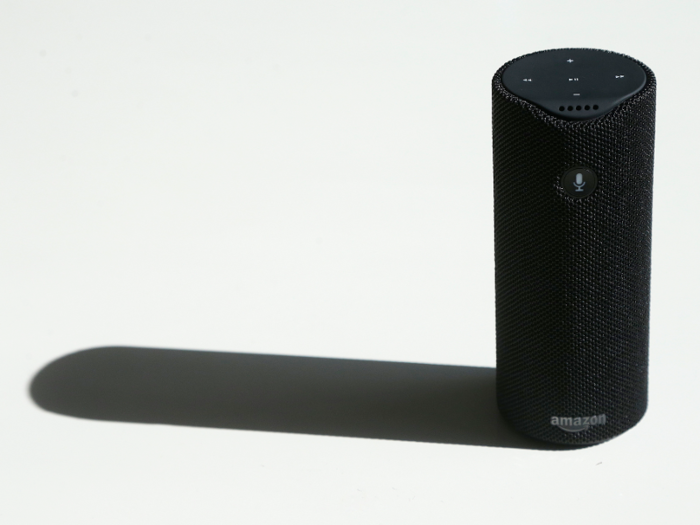
The first Amazon Echo device to be discontinued by Amazon without a replacement, the Amazon Tap was a mobile version of its ultra-popular Alexa-enabled smart speakers. Amazon stopped selling the device near the end of 2018, and its product page on Amazon.com tells customers: "This device is no longer available, however Certified Refurbished Amazon Tap is refurbished, tested, and certified to look and work like new."
But as Amazon puts Alexa functionality in nearly everything, a portable device probably isn't as useful.
Instant pickup
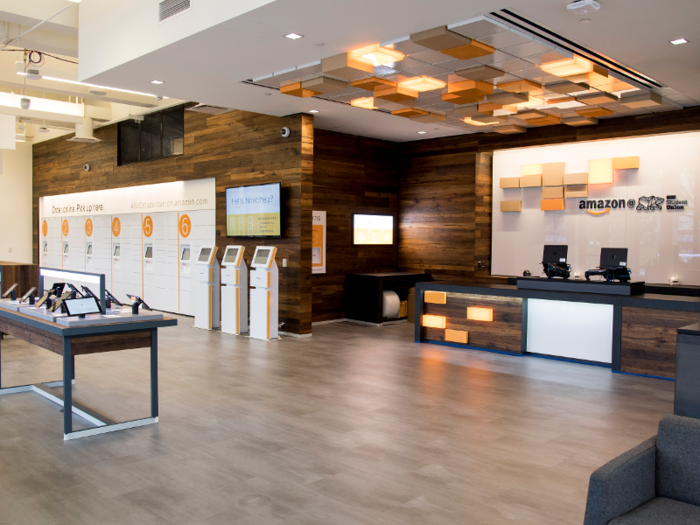
In 2017, Amazon debuted a new way to pick up items within minutes of ordering them, calling it Instant Pickup.
Customers could order items like snacks, drinks, and basic essentials from the Amazon app and use a barcode to access their purchase at designated Pickup locations. An Amazon employee would fill an Instant Pickup locker within minutes of the order being placed.
However, Amazon pulled the plug on the service, a company spokesperson confirmed to Business Insider in 2018. The company did not specify when the service ended.
Whole Foods 365
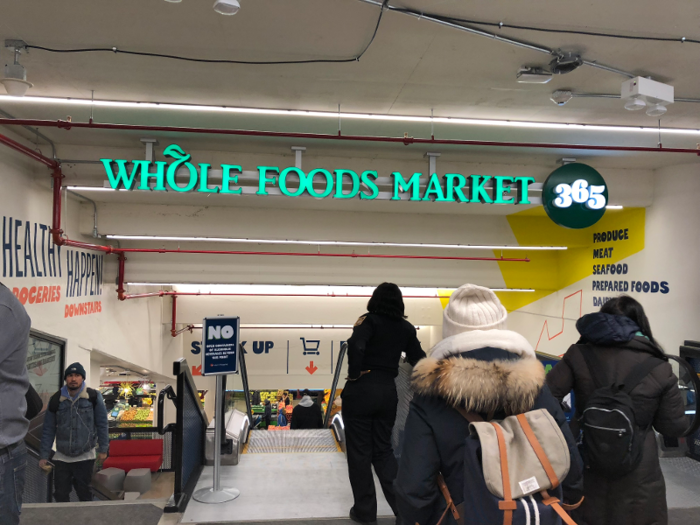
Whole Foods, a wholly owned subsidiary of Amazon, announced earlier this year that it would not be moving forward with its Whole Foods 365-branded stores.
These stores were designed to cater to younger shoppers with aisles full of budget-friendly private-label goods.
Business Insider's Hayley Peterson reported in January that the brand would sunset, and that no new stores would carry the 365 name. The company cited a diminishing price difference between 365 and regular Whole Foods stores as a reason for the change.
Amazon Restaurants UK

Amazon Restaurants is a service that uses the same delivery workers as Amazon Prime Now, but to deliver fresh prepared food from restaurants.
In London, the service launched in 2016 and stopped in 2018. Amazon did not give a reason for the change, but it may have been due to the competitive food delivery market in the UK.
Amazon Fresh's Local Market Seller
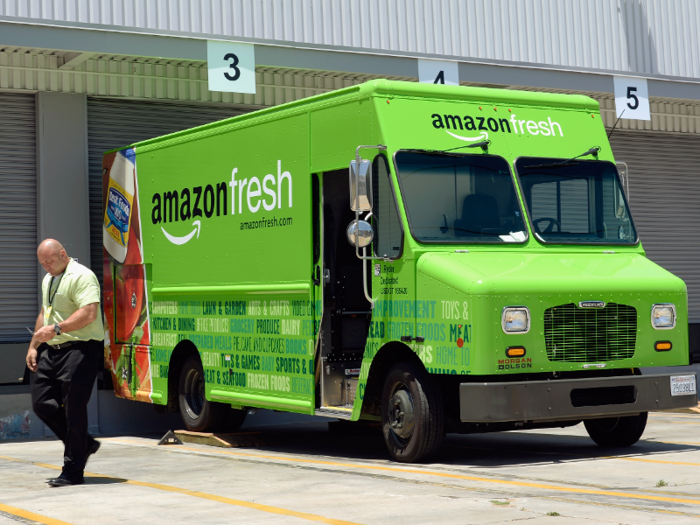
Amazon Fresh is Amazon's fresh grocery delivery service — its answer to home-and-business grocery-delivery services like FreshDirect and Peapod.
In 2018, it kicked off third-party vendors from the platform and eliminated its Local Market Seller initiative, which allowed vendors to have their goods delivered to customers alongside Fresh orders.
Quidsi
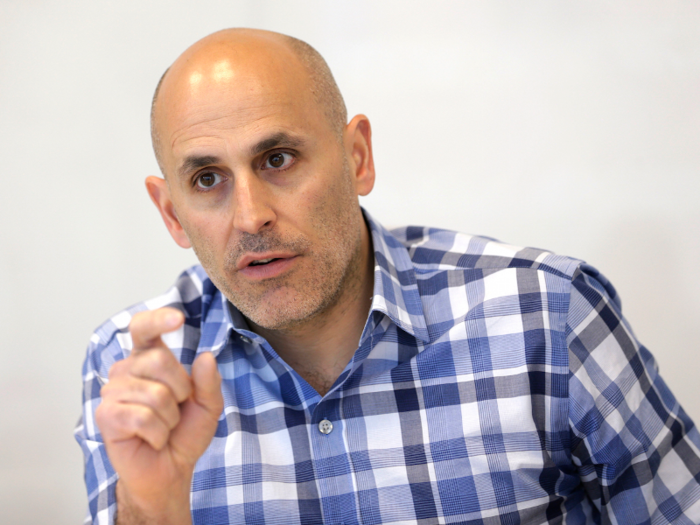
Amazon acquired Quidsi for $545 million in 2010. Quidsi, founded by Marc Lore and Vinit Bharara, was the parent company of early 2000s e-commerce darling Diapers.com, which expanded into Soap.com, Wag.com, BeautyBar.com, Casa.com, and YoYo.com.
Amazon later shut down Quidsi in 2017, saying it was never able to make it profitable.
Lore went on to found Jet.com, which was later acquired by Walmart for more than $3 billion.
Endless.com

Amazon started fashion e-tailer Endless.com in 2007 as its first standalone online shopping brand outside of Amazon.com. It focused on shoes and accessories.
Endless.com shuttered in 2012, and visitors to that URL are now redirected to Amazon.com/fashion.
Myhabit.com
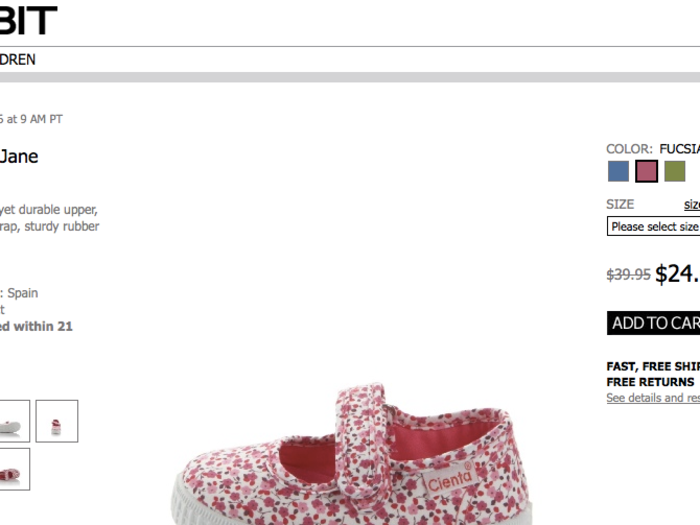
Amazon closed flash sale site Myhabit.com in 2016 and folded it into the larger Amazon Fashion umbrella.
Unlike Endless.com, however, Myhabit.com does not forward visitors to Amazon.com/Fashion.
Amazon Webstore
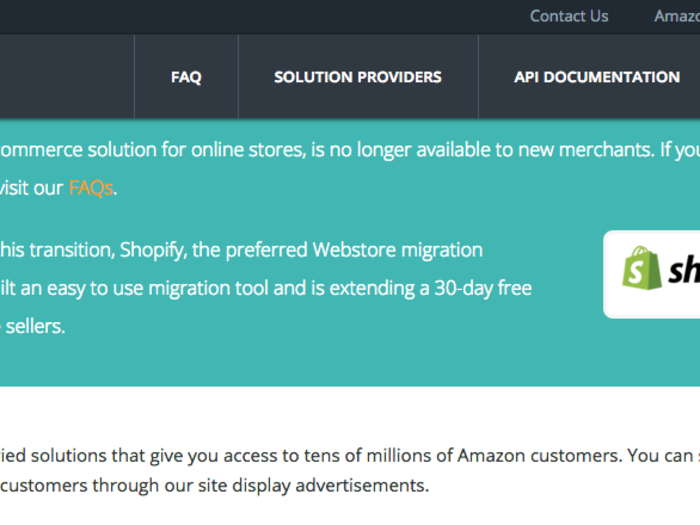
Once upon a time, Amazon had a platform for other small and medium businesses to easily set up their own store and start selling online directly to customers. In 2015, Amazon announced it was shutting that down within a year.
Amazon later partnered with Shopify to move those customers to that company's services.
Amazon Destinations
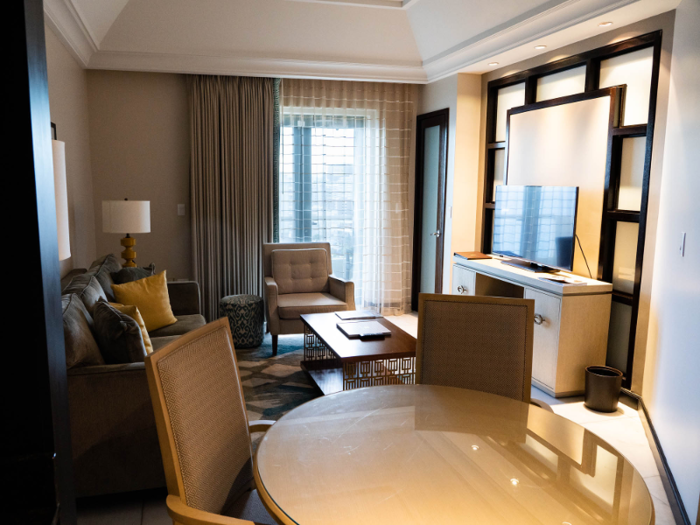
Amazon also had a hotel-booking website called Amazon Destinations. It was intended to be used to plan quick getaways to cities like New York or Seattle.
It didn't last long. Launched in April 2015, it was gone by October of the same year.
Amazon Local
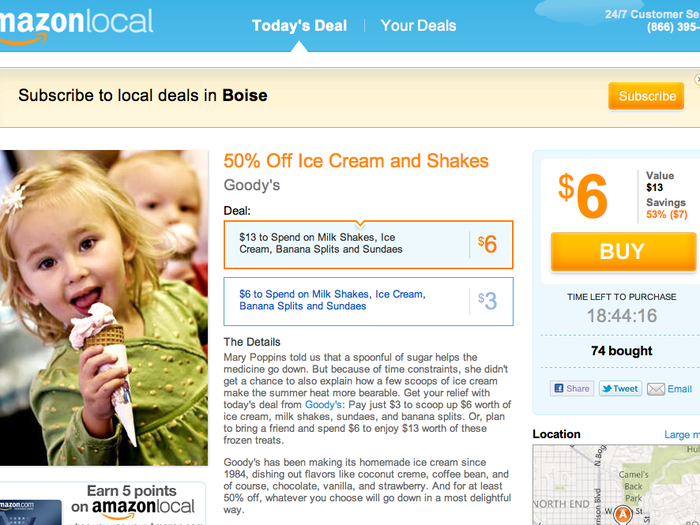
Amazon Local was also shut down in 2015. A "daily deals" site similar to Groupon and LivingSocial, Local's end was not too surprising, as the two other sites saw spectacular rises and subsequently drastic falls.
Amazon Wallet
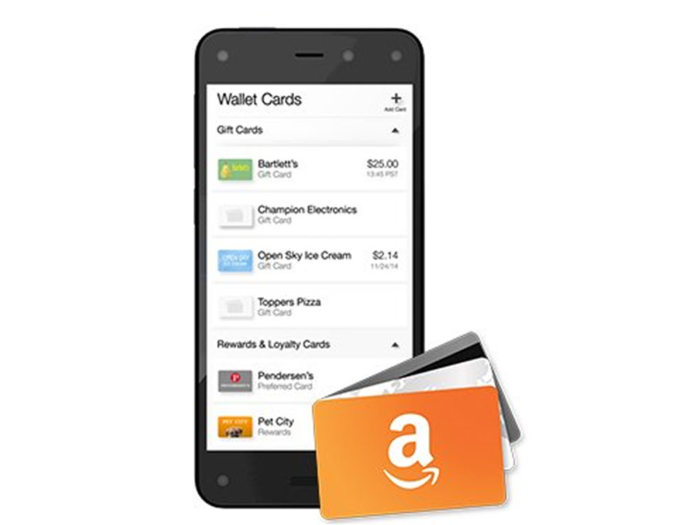
Amazon Wallet died before it ever got off the ground. Launched in 2014, it was a standalone Android app that stored gift cards and loyalty cards for different stores.
It was supposed to be able to store credit cards, too, but the produt was cancelled in 2015, about six months after its debut.
Amazon Local Register
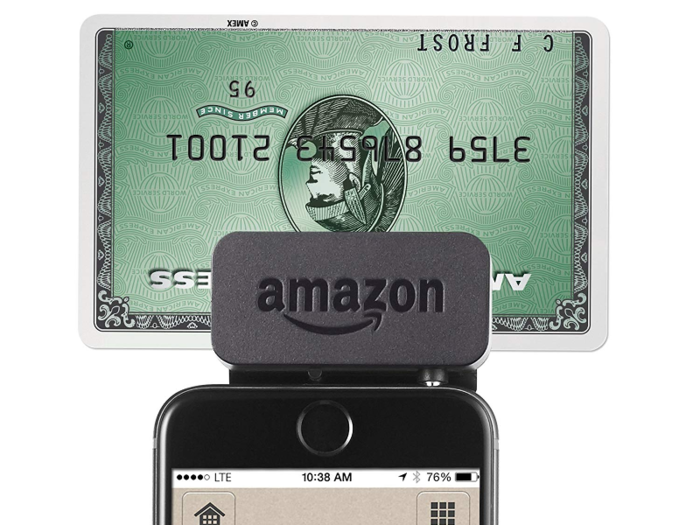
Amazon Local Register enabled small brick-and-mortar businesses to accept credit-card payments through Amazon's payment processing with a card reader that attached to a smartphone, similar to a Square card reader.
Amazon stopped selling the $10 dongle in 2015 and quit supporting it in 2016.
Fire Phone
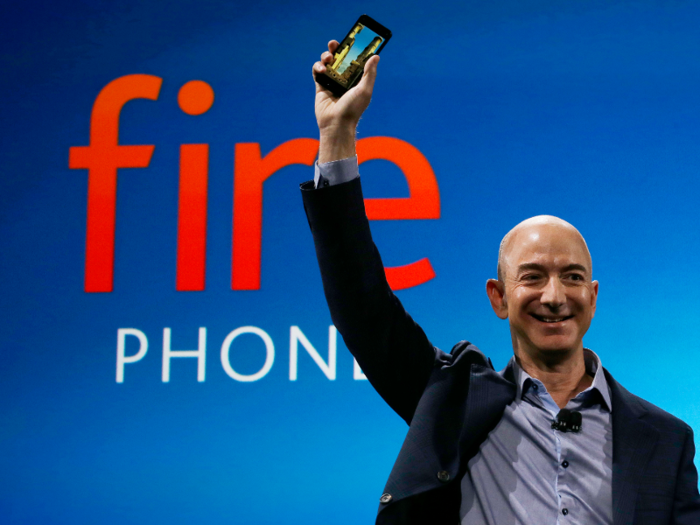
The Fire Phone — essentially a Fire tablet in phone form — was announced by CEO Jeff Bezos to much fanfare in June 2014. Nearly two months after it went on sale, the phone was given poor reviews by critics due to its lack of features and high price, and Amazon had already reduced the price from $200 to just $0.99 with a two-year contract.
It was discontinued about a year after that.
Critics consider the Fire Phone Amazon's first and largest failure. In October of the same year, Amazon announced a $170 million write down "primarily related to Fire phone inventory valuation and supplier commitment costs" in its quarterly earnings report.
Amazon WebPay
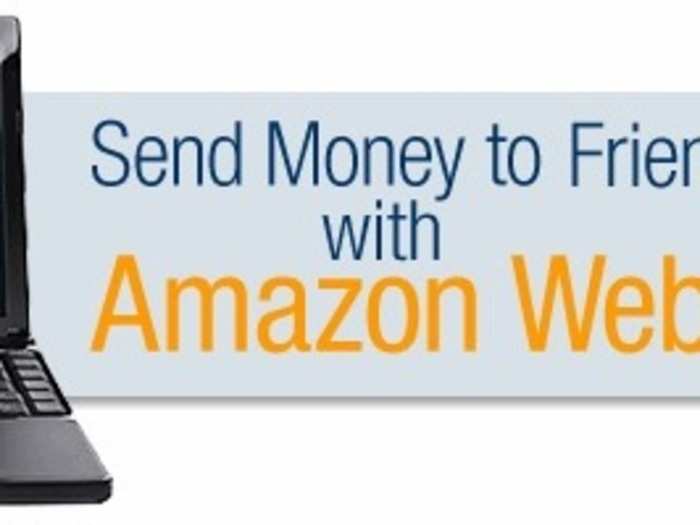
WebPay was Amazon's version of PayPal in that it facilitated payments between people. It shut down in 2014, eliminated the person-to-person payments, and became Amazon Pay: a service that facilitates payments between shoppers and merchants.
Amazon Askville

Askville was like Amazon's version of Yahoo or Google Answers, but users were encouraged to answer questions through a gamified process.
The service ended in 2013, and the archive of the message board that lived afterwards has been taken down as of 2019.
Amazon PayPhrase
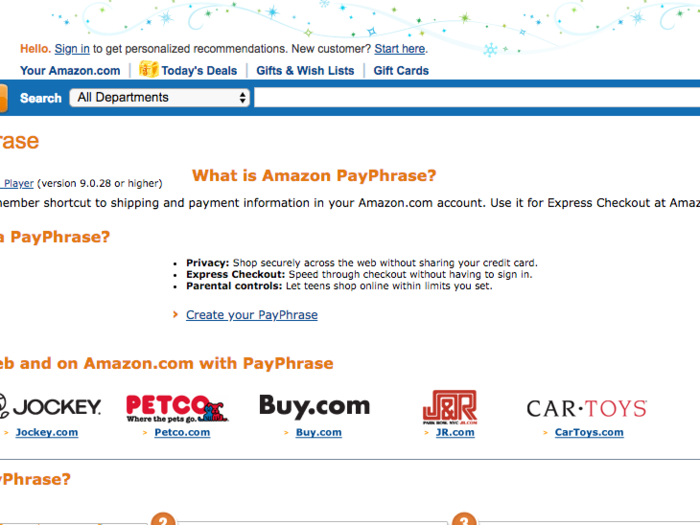
With PayPhrase, Amazon customers could create a unique string of words that they would enter every time they wanted to check out quickly. It would be tied to a pre-selected payment option and address, so customers could just enter the phrase and PIN and they were done, similar to Amazon one-click.
It debuted in 2009 and ended in 2012.
Amazon Auction
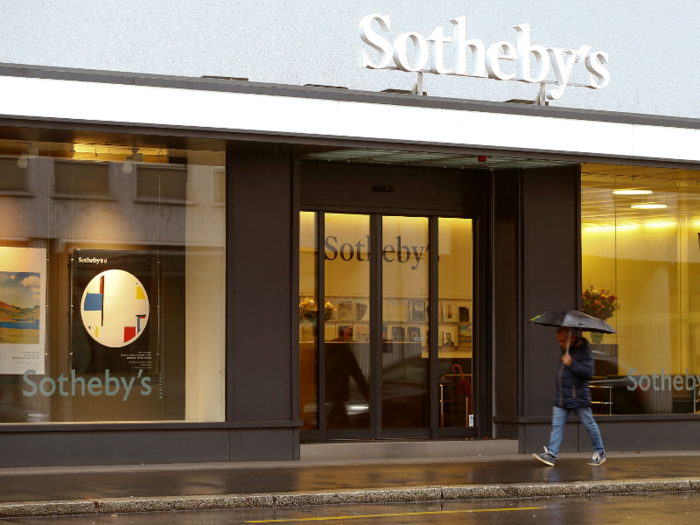
Amazon once ran an auction site similar to Ebay, appropriately called Amazon Auction. It began in 1999 and ended a few years later.
It effectively functioned as the precursor to Amazon's Marketplace, where third-party sellers list their products for sale on Amazon.com.
Remember an Amazon failure that's not listed here? Email the author at dgreen@businessinsider.com.
Popular Right Now
Popular Keywords
Advertisement